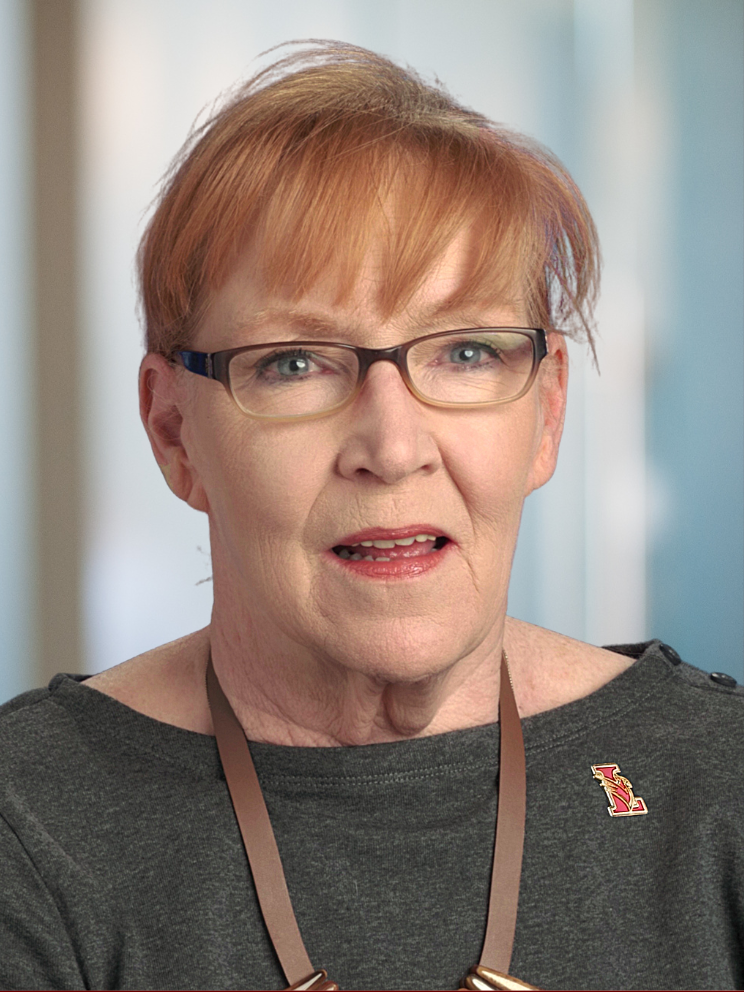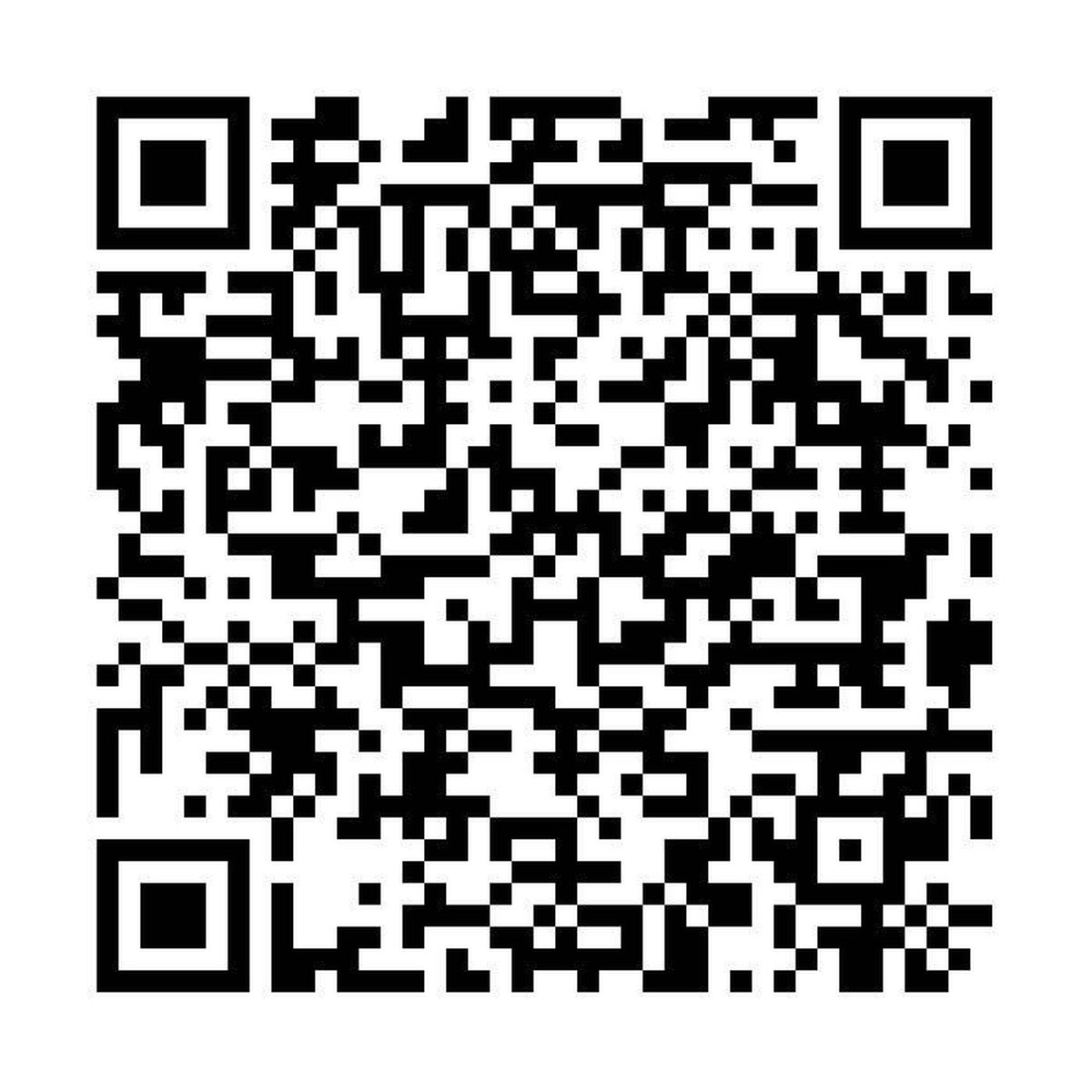The global pandemic in 2020 brought many changes to our way of life. Over the summer in some places, when it was moderately safe enough for us to leave our homes—masked up, travel-size hand sanitizer at the ready—many of us encountered a new protocol at banks, doctors’ offices and restaurants: the QR code.
A QR (Quick Response) code is similar to the box of lines you see on products that are scanned at store checkouts. The code consists of black squares arranged in a square grid on a white background, which can be read by an imaging device such as a smartphone camera. The code usually links to a website, so you don’t need to type in a web address. Easy, right?
Maybe. For the tens of millions of Americans who still don’t carry smartphones, this new process can be a problem, as you must have one to read a QR code. I’m comfortable using my smartphone for everything, and I’m in my early 60s. While the device isn’t universally embraced by older adults, the tide is turning. A study found that the generation gap in smartphone adoption is narrowing—ownership has jumped 70 to 77 percent among older adults in the last two years. The rate is higher for adults who are slightly younger and lower for those over 70.
But for those of us with the ability (and phone) to do so, scanning a QR code might be intimidating. One of my first experiences was when I schlepped my cat in a carrier to the veterinarian’s door, only to find it locked, with a sign containing a QR code. To announce my arrival, I followed the simple directions, held my phone camera to the code, then dutifully returned to my car. Kitty and I humorlessly awaited our summons, then banged and clanged our way back to the entrance.
But I quickly adapted. I attended a function where participants checked in via QR code and answered quick health questions before they were admitted. You may encounter the QR code at a restaurant where diners don’t want to exchange paper menus with others. You may even be able to order without contact with a server. At some restaurants, customers order and pay with their phones as well. It’s actually pretty handy.
It’s almost certain we’re going to need to use QR codes for the foreseeable future, and that these types of procedures will stick. For the time being, if you don’t have a smartphone, you may want to call ahead to ask about procedures for entry to buildings, check-ins at appointments, ordering at restaurants, etc. As for me, I will miss the banter with my server at my table, and I resent the extra steps to get into the bank, but it’s grow-or-go time for getting around town in any familiar way.

Pepper Evans works as an independent-living consultant, helping older adults age in place. She is the empty-nest mother of two adult daughters and has extensive personal and professional experience as a caregiver. She has worked as a researcher and editor for authors and filmmakers. She also puts her time and resources to use in the nonprofit sector and serves on the Board of Education in Lawrence Township, NJ.



